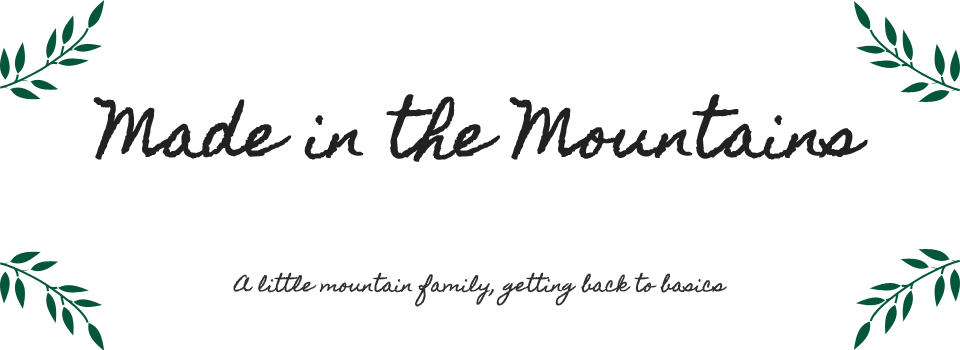Well, I did it yet again- I let another exorbitant amount of time go by between posts. And shame on me that it happened during the growing season! I had great intentions of posting at least weekly this summer, with updates on growth progress and planting and all that, and clearly that didn't happen. Not to say it wasn't a busy and eventful summer (perhaps because it was a busy and eventful summer?).
Things did pretty well in the garden this year, and I think we were both happier with our choices of where we planted what. The greenhouse was almost exclusively tomatoes (three different varieties, Yellow Pear and I can't remember the other two...), though we also had blackberries (thornless) and strawberries (Seascape everbearing) in there too. Though not unseasonably early, we have had some cold weather this fall, and none of our tomatoes were able to ripen on the vine. After several days and nights of having to run a space heater in the greenhouse to ward off the frost, we decided our electric bill would appreciate us ripening them indoors. We've had excellent success, some huge tomatoes (the largest weighing in at 1 lb .3oz), and made 4.5 quarts of awesome salsa.
| ripening tomatoes |
| awesome salsa! |
In the front bed, we had six different lettuces- three romaine types, and three loose leaf mix types. The lettuce was great in the beginning, but we had some pretty hot and dry weather that turned it all bitter a lot sooner than I'd have hoped (it has since become fodder for the hens, which they are very happy with). Our herb bed did marginally well. Only one basil came up out of who knows how many seeds, though I think it was largely due to overcrowding by all the tomatillos we didn't plant... (We had a LOT of 'volunteers' come up in just about every bed this year, from seeds that survived the winter in the compost- mostly tomatillos, and a good number of squash and pumpkins. One spaghetti squash came up in the greenhouse, and produced an ENORMOUS squash, easily a 5 pounder. And we ended up with 5 gallons of tomatillos, which is nuts considering we never meant for them to grow in the first place!) Our Calendula did fabulously, it bloomed for months and months (it's STILL blooming, in November! Bonkers!), and you can bet we're saving as much seed as we can. Calendula (or pot marigold) is a wonderful medicinal plant, and the variety we grew is a medicinal variety, so we're saving the flowerheads as well. It's mostly used for topical ointments for cuts, bruises, rashes, etc.
A stoic Calendula bloom, bright and shiny in November!
Our potatoes did marginally well this year. We planted a different variety than last year, a standard yukon gold, but they were slow to start, had pretty small foliage growth, and they all got hit by some sort of blight. They yellowed very prematurely, and many of them died above ground. Despite their ill-health, we still got a good amount of potatoes, but not as much as we would have expected from the number of plants we grew. Oddly enough, some of the sickest looking plants yielded the most/biggest potatoes, so maybe they were just putting all their energy into growing below ground rather than above. We won't be saving any of these for planting next year, we'll have to figure out a better variety. Maybe the Russian banana fingerlings we did last year, as those were healthy and beautiful and delish ;)
Our hens are doing marvelously! They are BIG birds, and they're a riot. They're pretty quiet, until you come in their pen, then they get noisy and silly and Wyatt loves to chase them. And you definitely can't wear crocs in their pen, cause they see those little holes as an invitation to peck your toes! We got our first egg from them a few weeks ago. It was so cute and little! For a while, it was clear there was only one layer, but now they are all starting to figure it out! Still not sure how many of them are getting to it, as the number of eggs varies each day- Yesterday, two. Today, five! But the eggs are gradually getting bigger, and they're finally figuring out what those nice cozy boxes in there are for!
| Well hello girls! |
| A nice cozy nesting box, finally being put to use! |
| Stocking up the root cellar |
And now that we're officially on the holiday countdown, it's time to start work on Christmas gifts. Still not sure on every item, (I've had a number of requests for aprons!) but I'm experimenting with some homemade slippers- I made the first pair for myself, but might try something a little different for a second pair (for myself as well, teehee). Wyatt definitely wants a pair though, and keeps trying to steal mine!
 |
| Soft and fuzzy slippers! |
| Just a sneak peek, as this is a gift yet to be given, but wanted to share my first friendship star quilting project ;) |

























